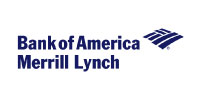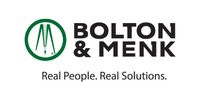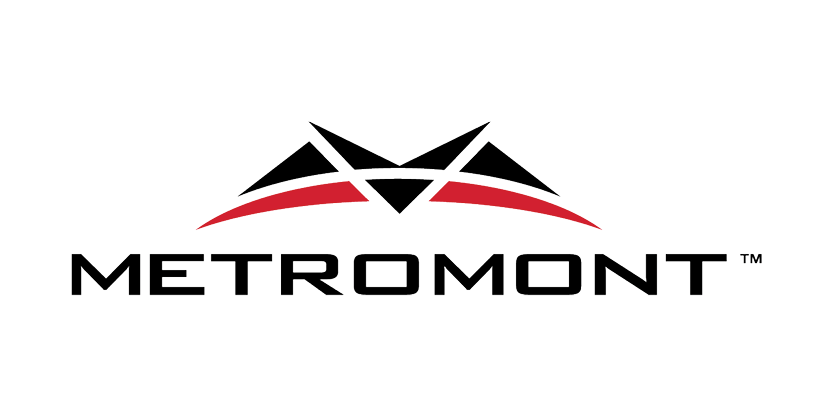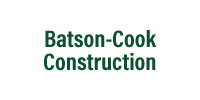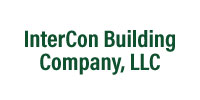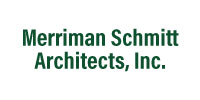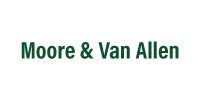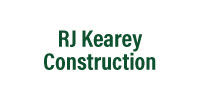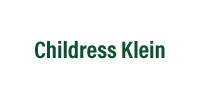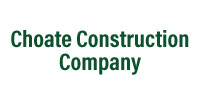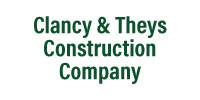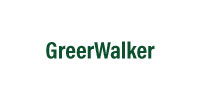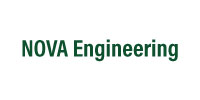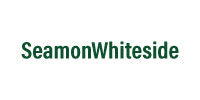Posted on November 30, 2017
A recent article in Bloomberg Technology, What Life is Like Inside WeWork’s Communal Housing Project, profiled WeLive apartment living to see if the shared common space apartments could reinvent rental housing the same way WeWork has changed office space. WeLive provides fully furnished apartments in the same building as WeWork’s shared office spaces. In the common areas, residents can “cook dinner in an expansive kitchen, shoot pool in the laundry room or get neighborly over free WeWork-provided cocktails on the seventh-floor roof terrace.”
WeLive debuted last year in Washington, D.C., and New York and was expected to have almost three dozen WeLive locations by the end of 2017, but still has only the two original locations. Tenants have been slow to lease, according to the article, because the apartments are as expensive as similar studio units on the market and the communal “dorm for adults” aspect is not appealing to everyone. Those interviewed for the story appreciated the networking and instant social life WeLive provides but several conceded that their units were temporary places to call home until they found something that felt more permanent.







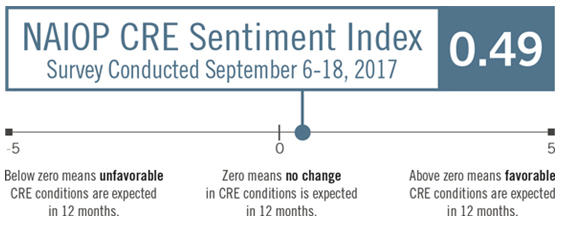
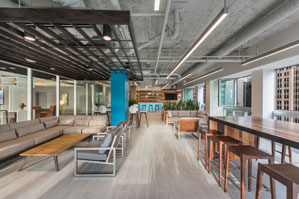 A fresh-air, 28th-floor amenity lounge has transformed a Chicago office tower.
A fresh-air, 28th-floor amenity lounge has transformed a Chicago office tower.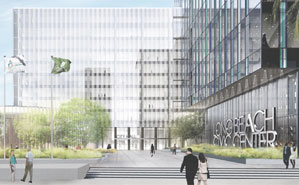 Public-private partnerships are emerging as a mechanism that marries the funding of public facilities like courthouses, libraries, government offices and more with private commercial development.
Public-private partnerships are emerging as a mechanism that marries the funding of public facilities like courthouses, libraries, government offices and more with private commercial development.
